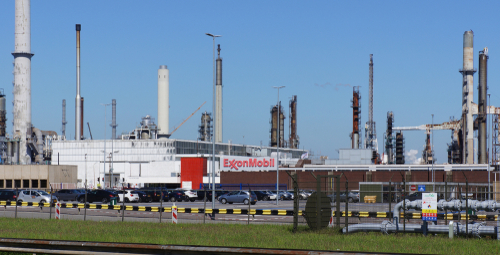ExxonMobil outlines emissions reduction plans

ExxonMobil is taking steps to further reduce greenhouse gas emissions over the next five years in accordance with the Paris Agreement.
Specifically, the company will reduce the intensity of operated upstream greenhouse gas emissions by 15 to 20 percent by 2025. This includes a 40 to 50 percent decrease in methane intensity and a 35 to 45 percent decrease in flaring intensity across its global operations. The emission reduction plans are consistent with the goals of the Paris Agreement. The company also plans to eliminate routine flaring by 2030, in line with the World Bank’s initiative.
It is also on target to meet its goals for 2020, a 15 percent decrease in methane emissions and a 25 percent reduction in flaring.
“These meaningful near-term emission reductions result from our ongoing business planning process as we work towards industry-leading greenhouse gas performance across all our business lines,” ExxonMobil Chairman and CEO Darren Woods said. “We respect and support society’s ambition to achieve net zero emissions by 2050, and continue to advocate for policies that promote cost-effective, market-based solutions to address the risks of climate change.”
ExxonMobil’s plans will leverage the continued application of operational efficiencies and ongoing development and deployment of lower-emission technologies.
The company has also vowed to make continued investments in lower-emission technologies, such as carbon capture, manufacturing efficiencies, and advanced biofuels and increase cogeneration capacity at manufacturing facilities. The company has invested more than $10 billion since 2000 to research, develop, and deploy lower-emission technologies, including nearly $3 billion at cogeneration facilities that more efficiently produce electricity and reduce emissions.
The company supports the Paris Agreement and the U.S. governmentʻs participation in the framework.
